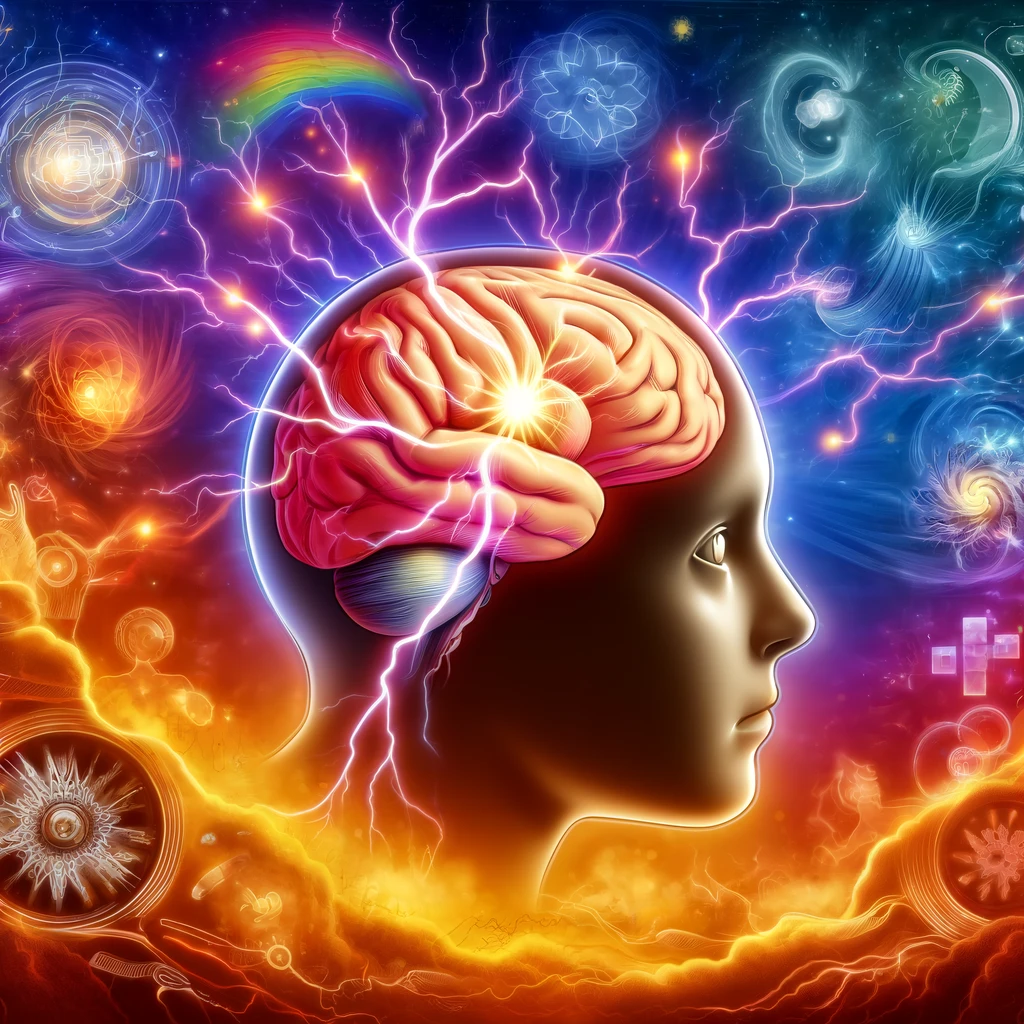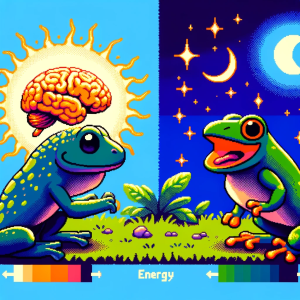
The Mysteries of the Dying Brain: A Journey Beyond Life’s Final Frontier
Imagine, for a moment, the unfathomable – what happens in our brains at the moment of death? This enigma has puzzled scientists, philosophers, and theologians for centuries. Today, we embark on a fascinating exploration of groundbreaking research led by Dr. Jimo Borjigin at the University of Michigan, revealing stunning insights into the dying brain. This research not only challenges our understanding of death but also sheds light on the profound experiences reported by those who have skirted its edges.
The Intriguing Case of Patient One
In 2014, a young woman, known as Patient One, unexpectedly became a subject of immense scientific interest after experiencing cardiac arrest. Her tragic story, however, paved the way for groundbreaking discoveries. Following a severe brain swelling and subsequent coma, her family faced the heart-wrenching decision to withdraw life support. It was at this critical juncture that Dr. Borjigin’s research took a pivotal turn.
The Science Behind Near-Death Experiences
Near-death experiences (NDEs) have long captivated our imagination. Tales of bright lights, out-of-body experiences, and profound revelations are common in these accounts. Dr. Borjigin, driven by curiosity, delved into understanding these phenomena scientifically. Her previous work with rats had revealed a storm of brain activity post-mortem, hinting at a possible explanation for NDEs in humans.
Bridging the Gap in Scientific Understanding
Surprisingly, despite its universal inevitability, death remained a largely unexplored area in science. Dr. Borjigin’s venture into this realm sought to illuminate the dark corridors of our understanding of the dying brain. Her research at the University of Michigan’s neurointensive care unit, particularly with Patient One, marked the beginning of a new chapter in this quest.
Challenging Existing Beliefs
For decades, the prevailing scientific viewpoint held that brain activity rapidly diminishes and ceases soon after the heart stops beating. This understanding was rooted in countless observations and studies that seemingly confirmed a swift decline in neurological function post-mortem. The brain, as the center of consciousness and cognition, was believed to fall silent almost immediately upon death, marking an abrupt end to any form of conscious experience.
However, the remarkable case of Patient One presented a starkly different narrative. As researchers at the University of Michigan closely monitored her brain activity during her final moments, they witnessed something extraordinary. Contrary to the traditional belief, Patient One’s brain did not descend into immediate quietude. Instead, it exhibited a dramatic and unexpected surge of electrical activity. This activity was particularly notable in regions of the brain associated with consciousness, memory, and sensory processing.
This discovery was akin to finding an unexpected burst of brilliant fireworks in a sky thought to be perennially dark. It suggested that, in the moments following the cessation of the heart’s beating, the brain might not only remain active but also engage in a heightened level of electrical communication. The neurons in areas critical for processing memories, thoughts, and perhaps even the essence of the ‘self,’ were firing in a manner that had previously been unobserved in a dying brain.
What does this surge in brain activity mean for our understanding of consciousness in our final moments? It opens a Pandora’s box of questions and possibilities. Could it be that in our final moments, as we hover on the edge of life and death, our brain undergoes a last, vivid burst of ‘conscious’ activity? Might this activity underlie the rich tapestry of near-death experiences reported by those who have come back from the brink? These are not just philosophical questions; they have profound implications for medical science, ethics, and our understanding of the human experience at the most fundamental level.
Moreover, this revelation invites us to reconsider our definition of death itself. Traditionally, death has been viewed as a singular, definitive moment – a clear line between life and what lies beyond. However, the data from Patient One’s brain suggests that the process of dying may be more complex, more nuanced, and perhaps even more profound than we have ever imagined.
The implications of this discovery are far-reaching. They challenge not only our scientific understanding but also our philosophical and spiritual perceptions of what it means to die. This emerging evidence from the frontier of neuroscience is not just about redefining death; it’s about expanding our understanding of life, consciousness, and the human journey.
Implications and Future Directions
Dr. Borjigin’s findings open up exciting new avenues in neuroscience and resuscitation science. They prompt us to rethink our understanding of consciousness and its relation to brain activity. Moreover, these discoveries bear significant implications for medical practices, particularly in determining the precise moment of death.
Unlock the Secrets of Science:
Get ready to unlock the secrets of science with ‘This Week in Science’! Our newsletter, designed specifically for educators and science aficionados, delivers a weekly digest of revolutionary research, innovative discoveries, and motivational tales from the scientific frontier. Subscribing is your key to a treasure trove of insights that can revolutionize your approach to teaching and learning science. Sign up today at no cost and start a journey that deepens your understanding and passion for science.
About the Author
Jon Scaccia, with a Ph.D. in clinical-community psychology and a research fellowship at the US Department of Health and Human Services, is renowned for his expertise in public health systems and quality programs. He specializes in implementing innovative, data-informed strategies to enhance community health and development. Jon’s significant contribution to public health is underscored by his creation of the R=MC² readiness model, which aids organizations in effectively navigating change. I wrote this blog while freaking out about the cloud cover for the eclipse



